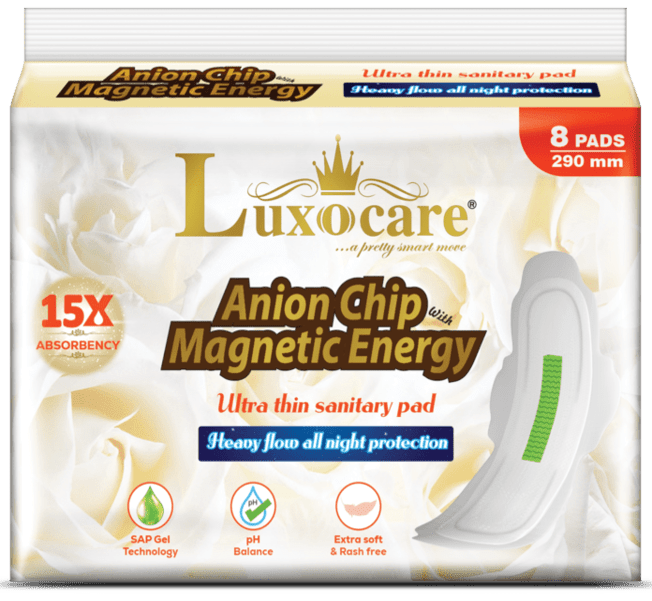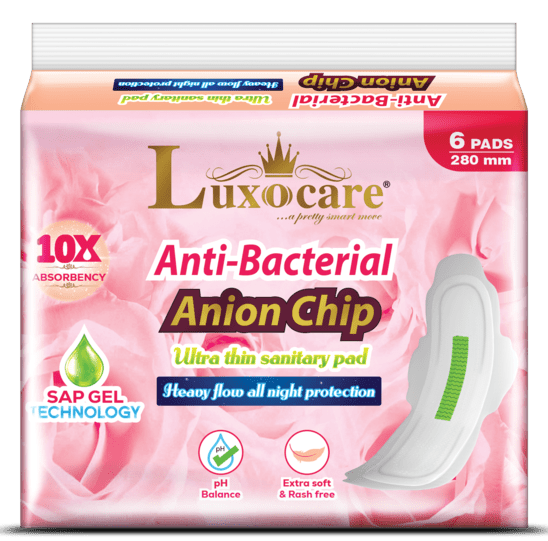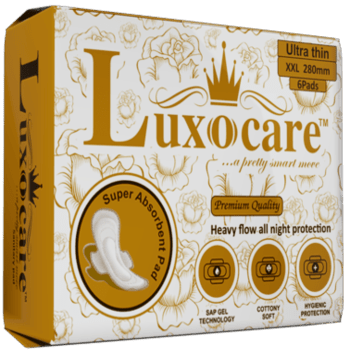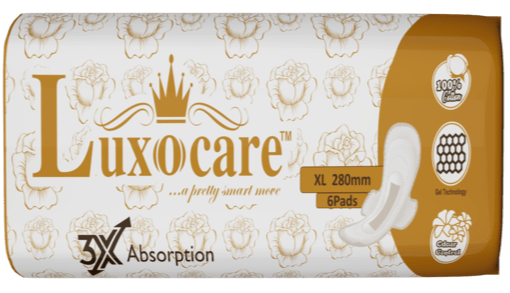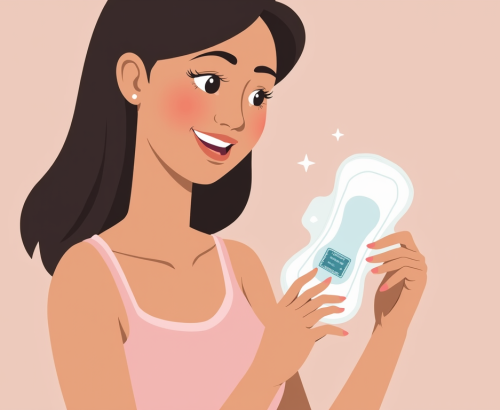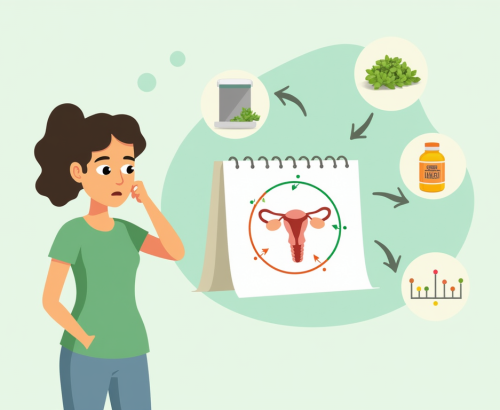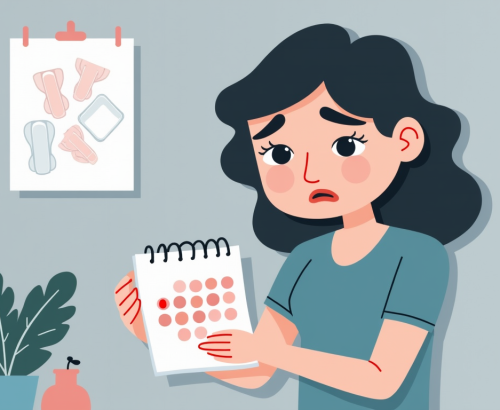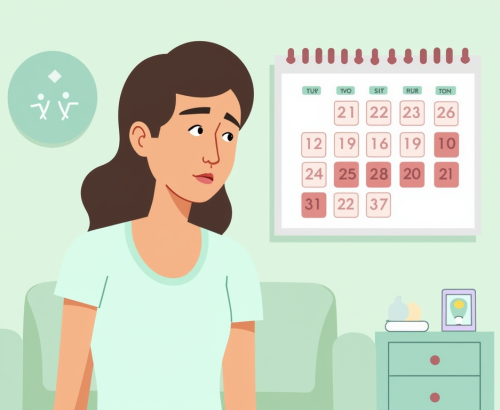
Hydration is crucial for overall health, and its importance is heightened during menstruation. Proper hydration can alleviate common menstrual symptoms, support overall menstrual health, and contribute to overall well-being. Here’s a comprehensive look at how hydration impacts menstrual health and practical tips for maintaining optimal hydration.
How Hydration Affects Menstrual Health
1. Reduces Bloating
Fluid Retention: During menstruation, hormonal changes can cause the body to retain fluids, leading to bloating and swelling. Adequate hydration helps flush out excess sodium and reduces fluid retention, alleviating bloating.
Water Balance: Drinking enough water helps maintain a proper fluid balance in the body, reducing the severity of bloating and discomfort associated with menstruation.
2. Eases Menstrual Cramps
Muscle Function: Staying well-hydrated supports muscle function and can help alleviate menstrual cramps. Dehydration can lead to muscle cramps and exacerbate the discomfort experienced during menstruation.
Relaxation: Proper hydration can help keep the uterine muscles relaxed, potentially reducing the intensity of menstrual cramps.
3. Supports Digestion
Digestive Health: Hormonal fluctuations during menstruation can affect digestion and lead to issues such as constipation. Drinking enough water supports healthy digestion and helps prevent constipation.
Regularity: Hydration aids in maintaining regular bowel movements, which can be particularly beneficial during your period.
4. Enhances Energy Levels
Fatigue Prevention: Menstrual blood loss and hormonal changes can sometimes lead to fatigue. Staying hydrated helps maintain energy levels and supports overall vitality.
Blood Volume: Proper hydration helps maintain adequate blood volume, which can be beneficial for managing menstrual-related fatigue.
How Much Water Should You Drink?
1. General Guidelines
Daily Intake: The general recommendation is to drink about 8 glasses (64 ounces) of water per day. However, individual needs may vary based on factors such as body weight, activity level, and climate.
Adjust for Activity: Increase your water intake if you’re engaging in physical activity or if you’re experiencing higher fluid losses due to sweating or hot weather.
2. Monitoring Hydration
Thirst: Listen to your body’s thirst signals. Drinking water when you’re thirsty is a good indicator of your hydration needs.
Urine Color: Check the color of your urine. Pale yellow urine typically indicates good hydration, while dark yellow or amber urine may suggest dehydration.
Tips for Staying Hydrated During Your Period
1. Drink Water Regularly
Consistent Intake: Aim to drink water throughout the day rather than consuming large amounts at once. This helps maintain consistent hydration levels.
Carry a Water Bottle: Keep a water bottle with you to remind yourself to drink water regularly, especially during busy or stressful times.
2. Incorporate Hydrating Foods
Water-Rich Foods: Include foods with high water content in your diet, such as cucumbers, watermelon, oranges, and leafy greens. These foods contribute to overall hydration and provide essential nutrients.
Herbal Teas: Drink caffeine-free herbal teas, like chamomile or peppermint, which can also contribute to your fluid intake and offer additional soothing benefits.
3. Limit Caffeine and Alcohol
Caffeine: Caffeine is a diuretic, which means it can increase urine production and potentially lead to dehydration. Limit your intake of caffeinated beverages like coffee and tea.
Alcohol: Alcohol also has diuretic effects and can contribute to dehydration. Drink alcohol in moderation and ensure you drink extra water if you consume alcoholic beverages.
4. Use Electrolyte Drinks Wisely
Balance Electrolytes: In addition to water, consider electrolyte-rich drinks if you’re experiencing excessive sweating or dehydration. Electrolytes help maintain fluid balance and support hydration.
Moderation: Choose electrolyte drinks that are low in added sugars and artificial ingredients. Opt for natural options or those specifically designed for hydration.
5. Adapt to Your Menstrual Cycle
Cycle Phases: Be mindful of how your hydration needs might change throughout your menstrual cycle. For example, you might experience increased bloating and fluid retention during certain phases, so adjusting your water intake accordingly can help manage these symptoms.
Personal Experience: Pay attention to how your body responds to hydration during different phases of your menstrual cycle and adjust your intake as needed.
Practical Strategies for Staying Hydrated
1. Create a Hydration Schedule
Routine: Establish a routine for drinking water, such as having a glass of water with each meal and during breaks. Consistency helps ensure you meet your hydration needs.
Reminders: Set reminders or use a hydration tracking app to help you remember to drink water regularly throughout the day.
2. Infuse Your Water
Flavor Enhancers: Add natural flavorings to your water, such as lemon slices, cucumber, or fresh mint. This can make drinking water more enjoyable and encourage you to drink more.
Herbal Infusions: Experiment with herbal infusions or naturally flavored water to add variety and keep hydration interesting.
3. Monitor Hydration During Exercise
Pre- and Post-Exercise: Drink water before, during, and after physical activity to stay hydrated and support your body’s fluid needs.
Replenishment: Replenish lost fluids with water and, if needed, electrolyte drinks after intense exercise or during hot weather.

